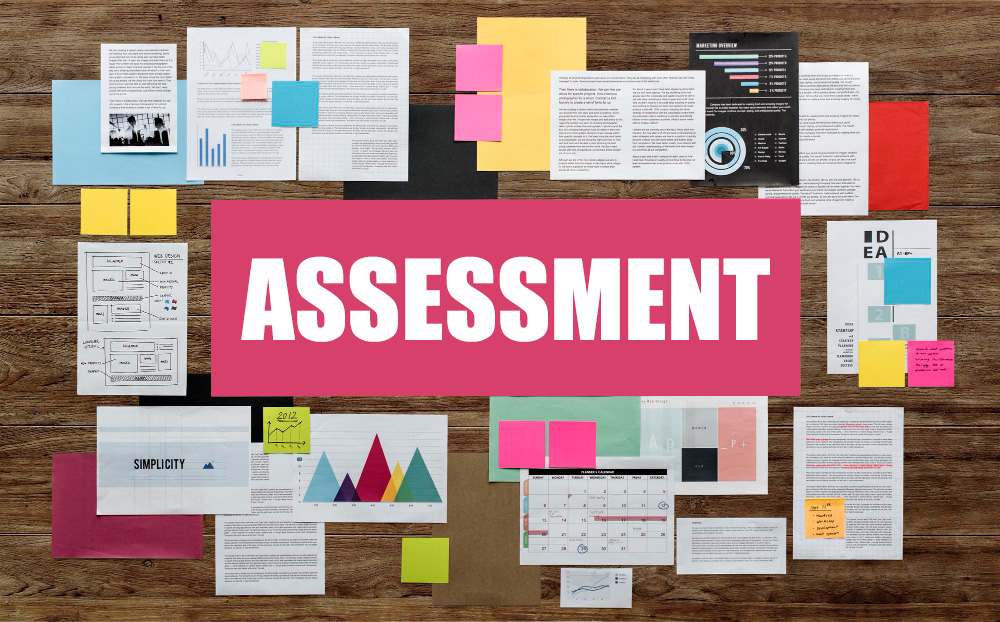
 Back
Back

Here, you can understand the basics of what psychometric tests are and what difference a good psychometric test can make in the hiring and employee development processes.

A psychometric test is a standardized (What is meant by standardization?) assessment tool designed to measure an individual's psychological attributes, such as cognitive abilities, personality traits, aptitudes, and skills. These tests are used to gather objective and quantifiable data about a person's psychological characteristics, aiding in understanding their strengths, weaknesses, and potential for various tasks or roles. Psychometric tests are often used in education, employment, clinical psychology, and research settings to assess and compare individuals' psychological traits.



Yes. Psychometric tests can be broadly classified into two main categories:
These tests measure an individual's cognitive abilities, skills, and talents. They assess a person's capacity to perform specific tasks, solve problems, and learn new information. These tests aim to evaluate a person's aptitude in various domains such as numerical reasoning, verbal comprehension, spatial awareness, abstract reasoning or technical abilities. Ability tests are often used in employment settings to assess a candidate's intellectual potential and capacity to learn and apply new skills.
These tests focus on assessing an individual's personality traits and behavioral tendencies. They provide insights into how a person interacts with others, approaches tasks, and deals with challenges. They include tests that assess specific personality traits, values and interests or categorize the respondents into personality types. Unlike ability tests that measure cognitive abilities, personality and behavioral tests reveal how individuals typically respond to various situations as well as their interpersonal interactions.
Both ability tests and personality/behavioral tests play a crucial role in recruitment, employee development, and coaching. They help organizations make informed decisions about hiring, team composition, and individual growth strategies. The choice of test category depends on the specific objectives of the test and the capabilities being evaluated.
Here are the top three ways in which psychometric tests can benefit organizations:
Psychometric tests provide a structured and objective way to assess candidates' cognitive abilities, personality traits, and job-related skills. By using these tests during the recruitment process, organizations can identify candidates who possess the right qualities for the job, leading to better hiring decisions and minimizing costly hiring mistakes.

Psychometric assessments can be used to identify employees' strengths and areas for improvement. This information can then be used to create targeted training and development programmes. By focusing on specific skill gaps and developmental needs, organizations can help their employees grow professionally, leading to improved performance and higher job satisfaction.
When employees are assigned roles aligning with their strengths and preferences, they are more engaged and content. Psychometric tests aid in matching employees with suitable roles, enhancing job satisfaction, performance, and reducing turnover. Crafting a well-matched workforce fosters a positive environment and boosts retention.
Even though this is the general consensus, we at Transform Minds have a more nuanced perspective on the subject. While acknowledging the immediate benefits, we feel that this approach does not account for the evolving roles and challenges that accompany an employee's growth within an organization. And with increasing integration of ‘Artificial Intelligence’ into various tasks, psychometric tests must look for flexibility, potential to excel in diverse roles and overall behavioural capability in a candidate than just matching them to specific jobs.
Psychometric tests provide multiple advantages, but their efficacy relies on test quality and alignment with HR strategies. Some tests require additional skilling in test administration too. Ethical concerns, including fairness and bias reduction, must also be addressed during implementation.


Here are some important qualities that contribute to a ‘good’ psychometric test.
This is by far the most important criterion. Validity refers to the extent to which a test measures what it's intended to measure and is reflected in the real life of the respondent. Predictive validity is the extent to which the test predicts some future or desired outcome, for example, work-behavior or on-the-job performance.
A reliable test consistently produces similar results when administered to the same individual or group under consistent conditions. The test becomes meaningless if the results have significant variance for the same person.
Standardization for a robust psychometric test involves two key aspects. The first focuses on consistent test administration and scoring procedures, ensuring reliability by minimizing variations in how the test is conducted and evaluated. The second and more basic aspect involves developing/adjusting the test scales after empirical research among the population where it is going to be applied. Many ‘imported’ and online tests are not standardized in India.
The psychometric test must yield scores that are independent of cultural influences. It should not be applied to a population who do not understand the language of the items in the test or understand them differently based on their culture.
A normative test compares a respondent with respect to quantitative norms developed after testing a comparable population. Ipsative tests reveal the relative strengths of various items within the same individual. Thus, non-normative tests on their own cannot identify the ‘better’ respondent from among many respondents and cannot be used for hiring purposes. Some tests are ‘norm-based’ but without quantifiable parameters and hence they do not qualify as normative tests. Organizations must take care to understand the nature of the psychometric test and its findings before adopting it in the hiring process.
Most psychometric tests are susceptible to ‘faking good’ (it refers to the intentional distortion of responses in order to present oneself in a more positive or socially desirable light). This can lead to inaccurate results and compromise the validity of the assessments. The ability to identify socially desirable responding is critical, especially in recruitment scenarios.
In addition to evaluating the test for the qualities already listed, there are several key considerations to keep in mind to ensure that these tests are used effectively and ethically. Some of them are listed below:
Psychometric tests should be used as part of a holistic assessment process, rather than being the sole basis for hiring, promotion, or other decisions. Combine test results with other information such as interviews, work samples, and references.

Ensure that the use of psychometric tests respects the rights and privacy of employees or candidates. Tests should be administered in a fair and unbiased manner, and the results should not be shared without consent.
Ensure that the use of psychometric tests complies with local and national laws and regulations. Some jurisdictions might have specific guidelines regarding the use of such tests in employment contexts.
Communicate to employees or candidates why the tests are being carried out and how the results will be used. Transparency helps build trust and reduces apprehension about the testing process.
If possible, provide candidates or employees with feedback on their test results. This can be valuable for personal development and growth. However, be cautious about the language used and the potential impact on individuals.